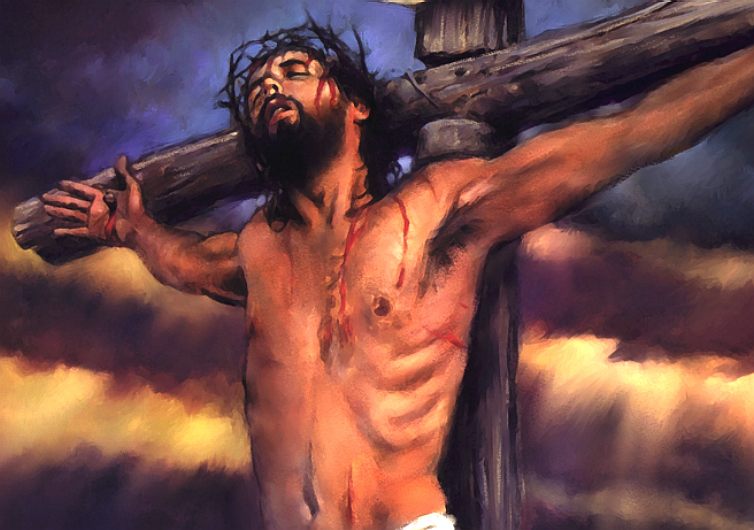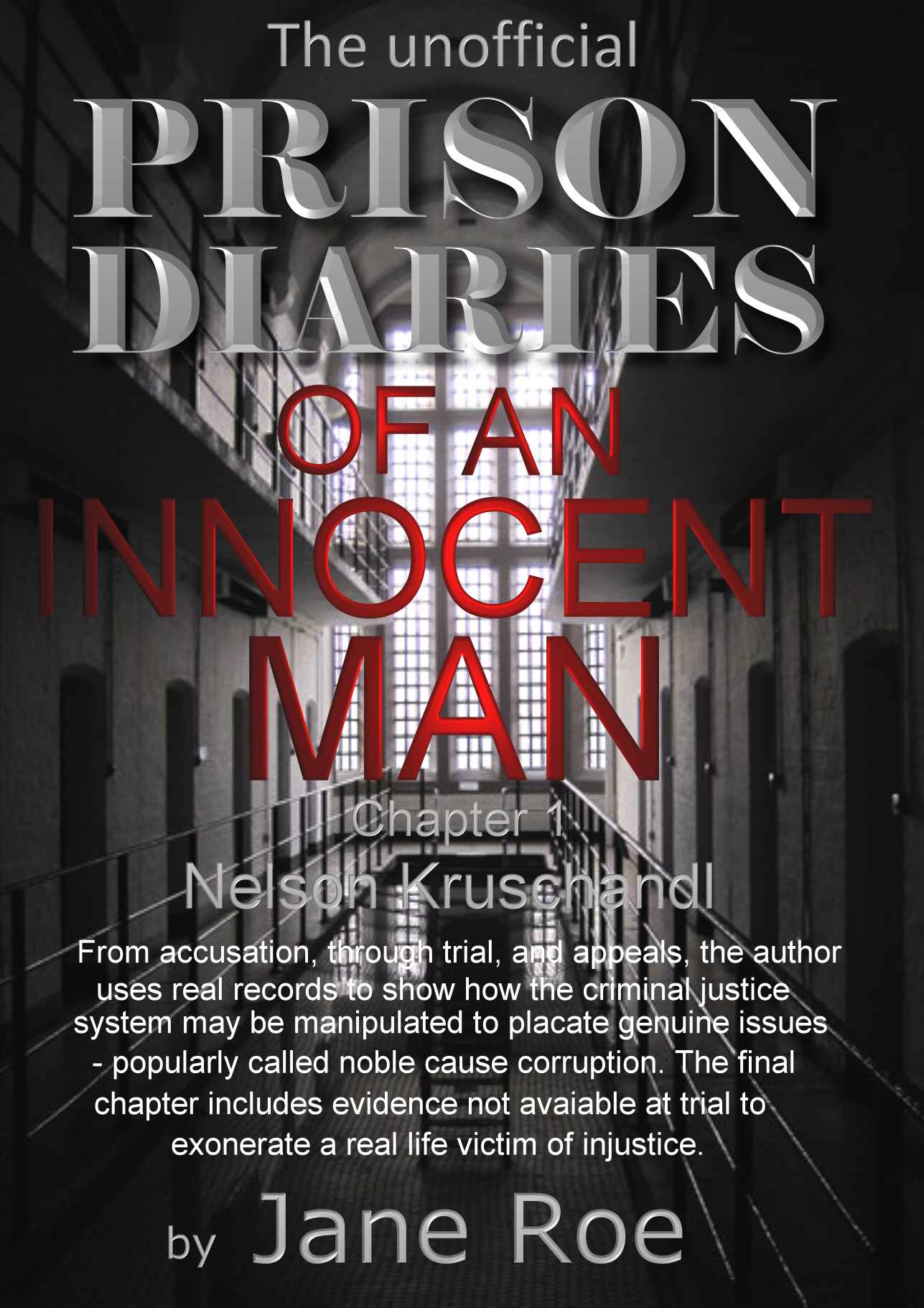|

Crucifixion is a method of deliberately slow and painful execution in which the condemned person is tied or nailed to a large wooden cross and left to hang until dead. It is principally known from antiquity, but remains in occasional use in some countries.
Crucifixion was used among the Seleucids, Carthaginians, and Romans from about the 6th century BC to the 4th century AD. In the year 337, Emperor Constantine I abolished it in the
Roman Empire out of veneration for Jesus Christ, the most famous example of crucifixion. It was also used as a form of execution in Japan for criminals, inflicted also on some Christians.
A crucifix (an image of Christ crucified on a cross) is the main religious symbol for Roman Catholic, and Eastern Orthodox churches, but most Protestant and Oriental Orthodox churches prefer to use a cross without the figure (the "corpus": Latin for "body") of Christ. Most crucifixes portray Jesus on a Latin cross, rather than any other shape, such as a Tau cross or a Coptic cross.
Crucifixion was often performed to terrorize and dissuade its witnesses from perpetrating particularly heinous crimes.
Victims were left on display after death as warnings to others who might attempt dissent. Crucifixion was usually intended to provide a death that was particularly slow, painful (hence the term excruciating, literally "out of crucifying"), gruesome, humiliating, and public, using whatever means were most expedient for that goal. Crucifixion methods varied considerably with location and time period.
The Greek and Latin words corresponding to "crucifixion" applied to many different forms of painful execution, from impaling on a stake to affixing to a tree, to an upright pole (a crux simplex) or to a combination of an upright (in Latin, stipes) and a crossbeam (in Latin, patibulum).
In some cases, the condemned was forced to carry the crossbeam on his shoulders to the place of execution. A whole cross would weigh well over 300 pounds (135 kg), but the crossbeam would not be quite as burdensome, weighing around 100 pounds. The Roman historian Tacitus records that the city of Rome had a specific place for carrying out executions, situated outside the Esquiline
Gate, and had a specific area reserved for the execution of slaves by crucifixion. Upright posts would presumably be fixed permanently in that place, and the crossbeam, with the condemned person perhaps already nailed to it, would then be attached to the post.
The person executed may have been attached to the cross by rope, though nails are mentioned in a passage by the Judean historian Josephus, where he states that at the Siege of Jerusalem, "the soldiers out of rage and hatred, nailed those they caught, one after one way, and another after another, to the crosses, by way of jest." Objects used in the crucifixion of criminals, such as nails, were sought as amulets with perceived medicinal qualities.
While a crucifixion was an execution, it was also a humiliation, by making the condemned as vulnerable as possible. Although artists have depicted the figure on a cross with a loin cloth or a covering of the genitals, writings by Seneca the Younger suggest that
victims were crucified completely naked. When the victim had to urinate or defecate, they had to do so in the open, in view of passers-by, resulting in discomfort and the attraction of insects. Despite its frequent use by the Romans, the horrors of crucifixion did not escape mention by some of their eminent orators. Cicero for example, described crucifixion as "a most cruel and disgusting punishment", and suggested that "the very mention of the cross should be far removed not only from a Roman citizen's body, but from his mind, his eyes, his ears."
Frequently, the legs of the person executed were broken or shattered with an iron club, an act called crurifragium, which was also frequently applied without crucifixion to slaves. This act hastened the death of the person but was also meant to deter those who observed the crucifixion from committing offenses.
JESUS
CHRIST
The
most famous crucifixion in history is said to be that of Jesus Christ. The
event is described in four canonical gospels, and other sources of that age, including Josephus and Tacitus, and is
therefore regarded as an historical event.
After the trials, Jesus made his way to Calvary (the path is traditionally called via Dolorosa) and the three synoptic gospels indicate that he was assisted by Simon of Cyrene, the Romans compelling him to do so. In Luke 23:27–28 Jesus tells the women in the multitude of people following him not to cry for him but for themselves and their children. Once at Calvary (Golgotha), Jesus was offered wine mixed with gall to drink – usually offered as a form of painkiller. Matthew's and Mark's gospels state that he refused this.
The soldiers then crucified Jesus and cast lots for his clothes. Above Jesus' head on the cross was the inscription King of the Jews, and the soldiers and those passing by mocked him about the title. Jesus was crucified between two convicted thieves, one of whom rebuked Jesus, while the other defended him.
The Roman soldiers did not break Jesus' legs, as they did to the other two men crucified (breaking the legs hastened the crucifixion process), as Jesus was dead already. One of the soldiers traditionally known as Saint Longinus, pierced the side of Jesus with a lance and water flowed out. In Mark 15:39, impressed by the events, the
Roman centurion calls Jesus the Son of God.
Following Jesus' death on Friday, Joseph of Arimathea asked the permission of Pilate to remove the body. The body was removed from the cross, was wrapped in a clean cloth and buried in a new rock-hewn tomb, with the assistance of Nicodemus. In Matthew 27:62–66 the
Jews go to Pilate the day after the crucifixion and ask for guards for the tomb and also seal the tomb with a stone as well as the guard, to be sure the body remains there.
OTHER
FORMS OF CRUCIFIXION
Crucifixion
these days need not be nailing to a cross to die. The cross might be
imprisonment for a heinous crime against the state (revealing corrupt
practices), with public humiliation in the form of newspaper and internet
coverage - where those concerned are not guilty of any crime, but that
their preaching (which can be revealing the truth about corrupt
officials) has caused them to be a target of officialdom, where the
cure to official embarrassment is to discredit the target, that the public
might believe that what was being shown to them was untrue. Recently publicized
victims of such treatment are Julian Assange and Dominique Strauss-Kahn. A
lesser known victim is the subject of review in a prison diaries compilation
based on documentary evidence, rather than the victim's actual prison
diaries - though actual contemporaneous diaries are known to exist.

They
crucified him. The local police produced evidence at his trial that was guaranteed
to convict him, then made sure the local
press
published details of his conviction
so that nobody would believe
his revelations about corruption in local government. The so-called forensic
evidence turned out to be junk science, a natural feature that was
understood in the USA to be just that - had not found its way into UK
guidance. Presented in court as controversial, what the Crown's expert meant
was that US studies did not accord with UK studies at the time. Two months
after the trial the UK studies recognised the US studies. The victim of this
injustice would not learn that until three years into his sentence. The CCRC
did not tell him about the cases they had referred to the Court of Appeal -
and in his case, they turned a blind eye. This is a true story based on
official documents. Not to be published until after the subject's appeals in
Europe are heard.
LINKS
and REFERENCE
GNU
free documentation license
http://en.wikipedia.org/wiki/Jesus_Christ
|

